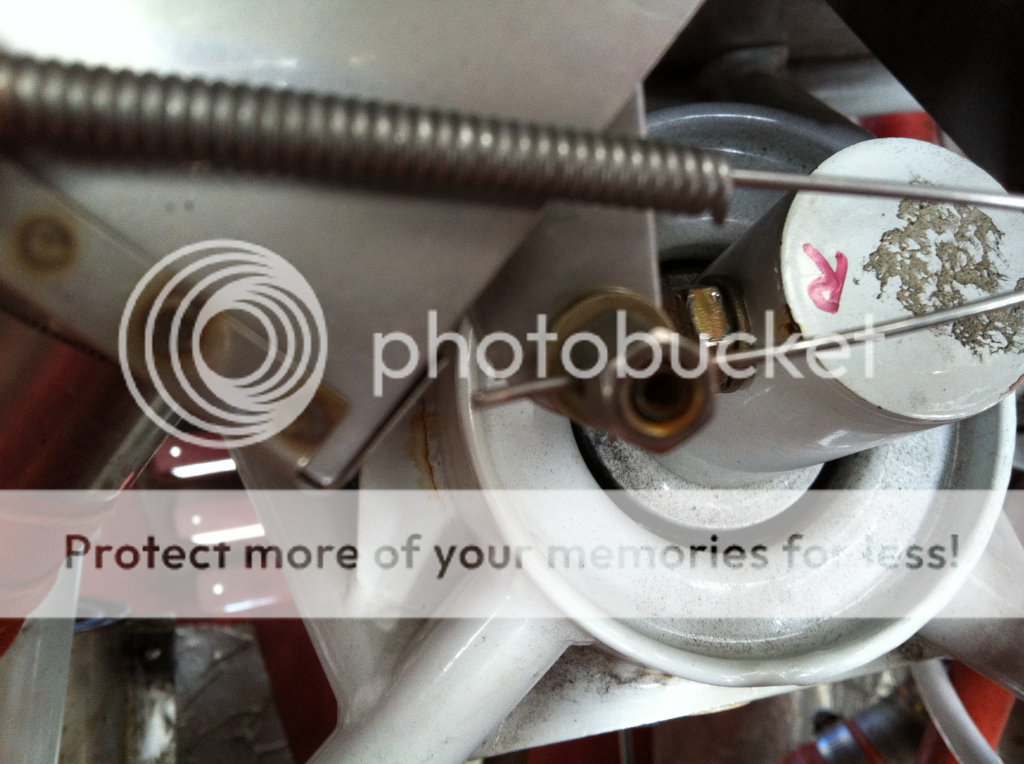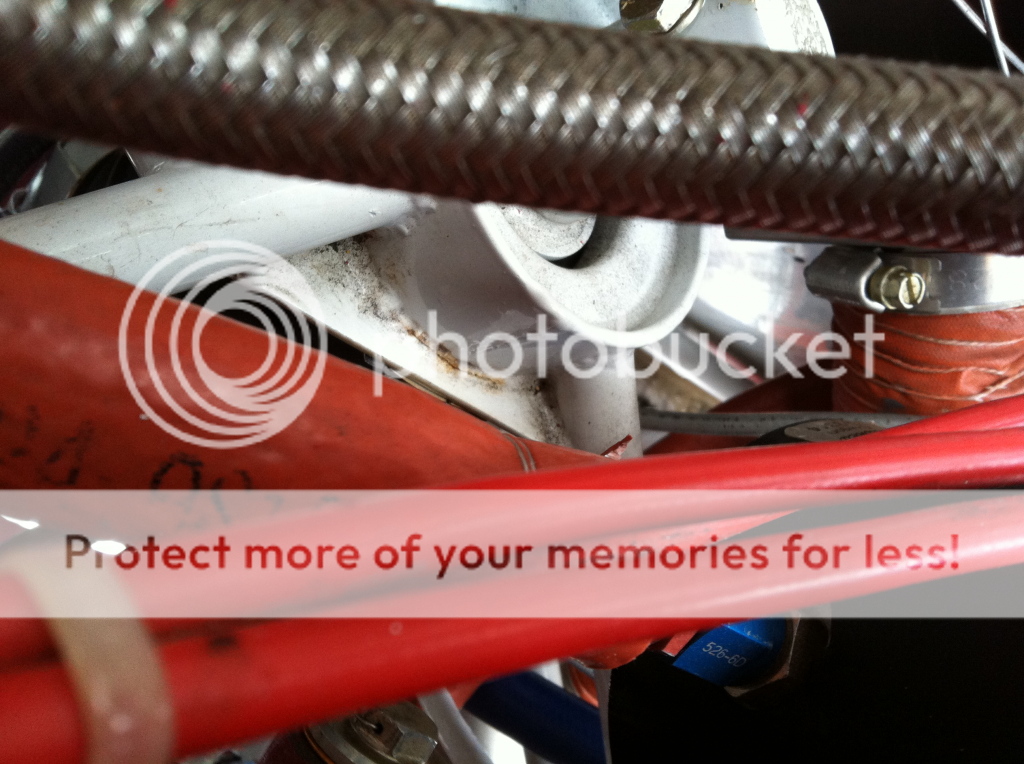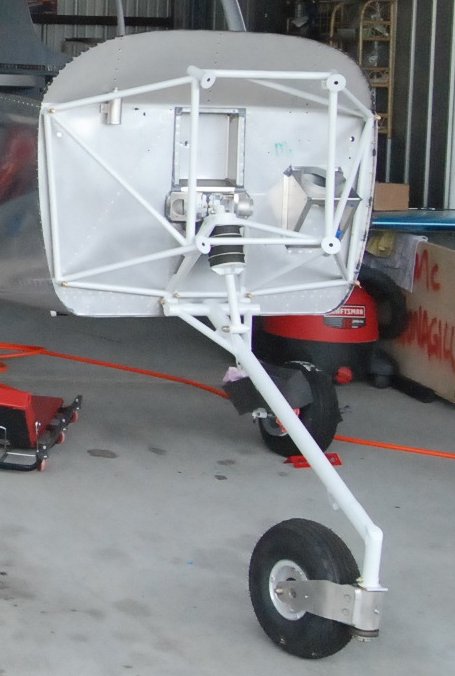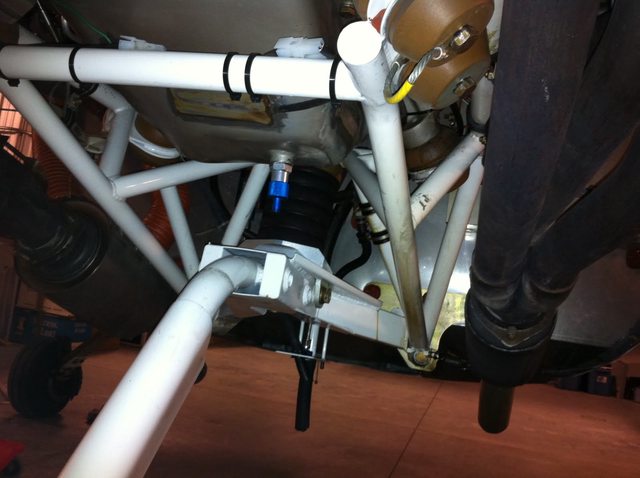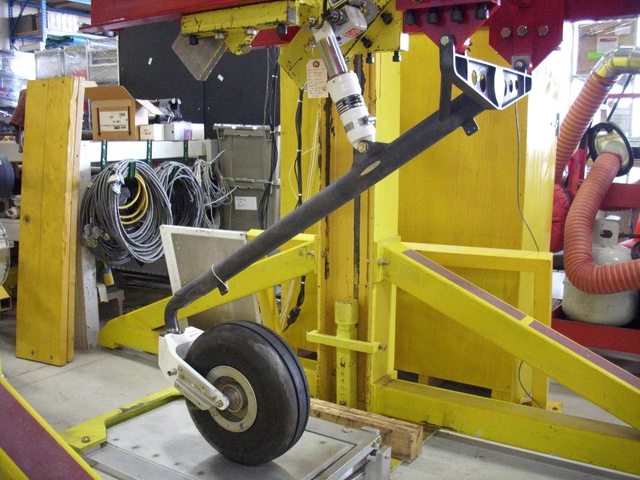Well, my earlier post today requesting help for parts turned out to be a very serious problem. Carol is working on adding the pictures when she gets to her hotel room, but here is the synopsis.
First, thanks for all who replied or called. I ended up flying over to FFC and borrowing Scott Flandermeyer's weldment, as he had not yet installed his nose gear. So I was very excited to have what I thought was the part I needed.
Upon disassembly it turns out that there was severe cracking where the rubber mooney-style lord mounts push up against the engine mount socket. When I say severe, this was to the point of imminent failure. I am not an engineer, but it certainly appears that the surface area that these shock absorbers press against is 1) not large enough, and 2) not thick enough. This should not be cracking in this manner. The piece that is cracking is 1/8" thick. I think it should be at least 1/4".
I have kept these mounts tight by adding washers whenever I thought there was room to add some. I measured the thickness of the new Lord mounts, and they are 1.12" thick. My mounts were 1.01-1.03 thick from the compression set over 5 years and 900 hours. The pictures will show the engine mount socket looking up from the bottom. It is cracked like a pizza, and the pieces are loose. The other picures will show the top of the top-most rubber isolator, and the two stacks of isolaters next to each other for comparison.
As I mentioned earlier, I discovered this quite by accident by noticing a hairline crack on top of the engine mount socket. It looked minor until I disassembled it.
I would recommend that this particular area should probably be looked at very closely every 500 hours, especially if operating off of grass.
BTW, every takeoff at home is begun with full aft stick such that I unstick the nosewheel very early in the run (like we all learned when doing softfield takeoffs). Even on pavement I get the nose off very early.
Clearly I won't be flying the 10 to Ohio tomorrow.
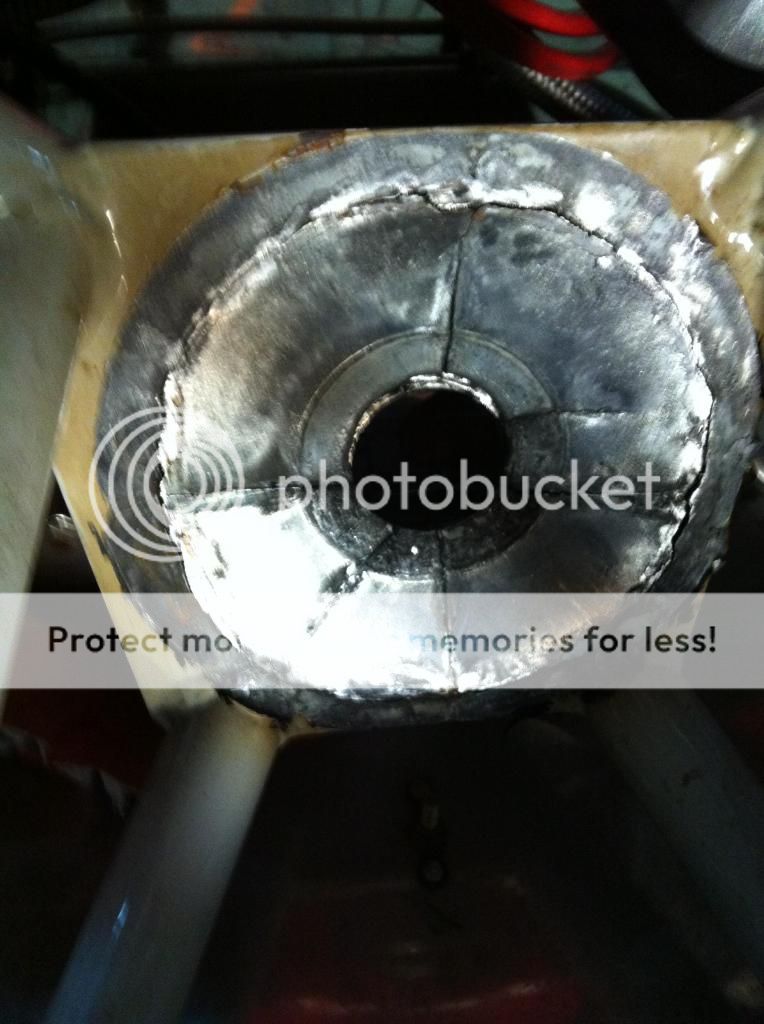
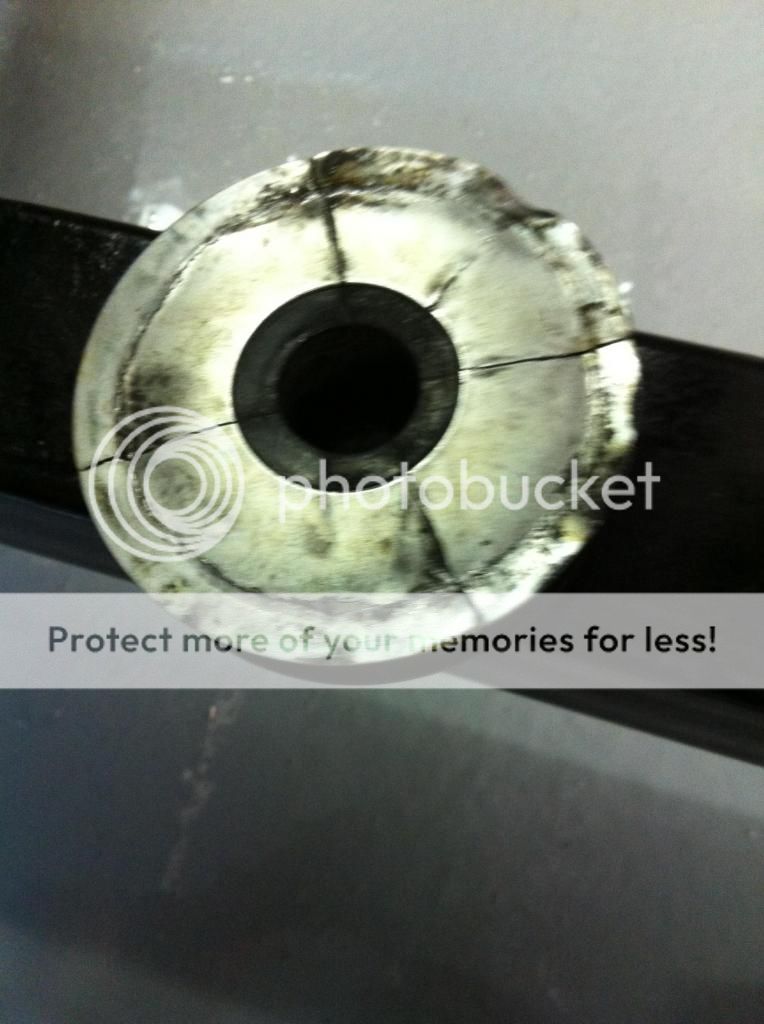
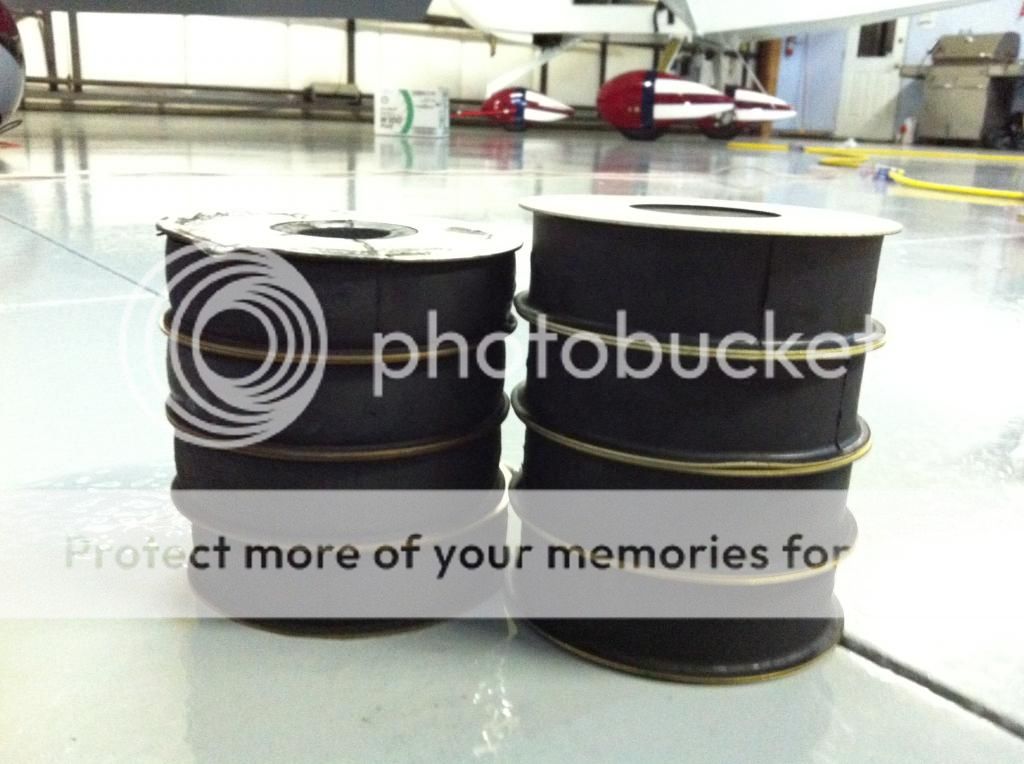
Vic
__________________
First, thanks for all who replied or called. I ended up flying over to FFC and borrowing Scott Flandermeyer's weldment, as he had not yet installed his nose gear. So I was very excited to have what I thought was the part I needed.
Upon disassembly it turns out that there was severe cracking where the rubber mooney-style lord mounts push up against the engine mount socket. When I say severe, this was to the point of imminent failure. I am not an engineer, but it certainly appears that the surface area that these shock absorbers press against is 1) not large enough, and 2) not thick enough. This should not be cracking in this manner. The piece that is cracking is 1/8" thick. I think it should be at least 1/4".
I have kept these mounts tight by adding washers whenever I thought there was room to add some. I measured the thickness of the new Lord mounts, and they are 1.12" thick. My mounts were 1.01-1.03 thick from the compression set over 5 years and 900 hours. The pictures will show the engine mount socket looking up from the bottom. It is cracked like a pizza, and the pieces are loose. The other picures will show the top of the top-most rubber isolator, and the two stacks of isolaters next to each other for comparison.
As I mentioned earlier, I discovered this quite by accident by noticing a hairline crack on top of the engine mount socket. It looked minor until I disassembled it.
I would recommend that this particular area should probably be looked at very closely every 500 hours, especially if operating off of grass.
BTW, every takeoff at home is begun with full aft stick such that I unstick the nosewheel very early in the run (like we all learned when doing softfield takeoffs). Even on pavement I get the nose off very early.
Clearly I won't be flying the 10 to Ohio tomorrow.



Vic
__________________
Last edited:



